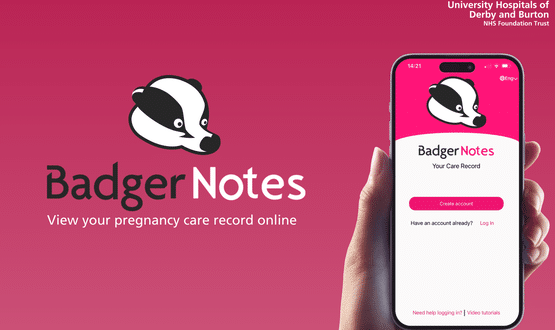Liverpool shares info 55,000 times
- 28 February 2012

More than 55,000 primary care records have been accessed by community, secondary and tertiary care providers in North Mersey over the past year as part of a local clinical pathways project.
North Mersey Health Informatics Service is supporting nine clinical pathways as part of a quality innovation, productivity and prevention programme.
These are: heart failure, urgent care, COPD, children’s services, cancer, diabetes, mental health, dementia and clinical support services.
Stephen Appleton, clinical information lead for QIPP, said clinicians had redesigned the care pathways and the IM&T team’s job was to support new ways of working, by enabling information from the GP record to be shared with relevant health professionals.
“We provide access to parts of the record that are relevant to that care pathway,” Appleton explained. “There’s a whole area of governance around that, and the patient must consent that they are happy for that information to be shared.”
The shared record is created by taking information from EMIS practices and streaming it into EMIS Web. EMIS systems are used by 90-95% of GPs in the area, as well as some community and acute providers – such as heart failure specialists.
Other health professionals can add to the shared record, without affecting the underlying GP record. The HIS will soon be rolling out an alert system, so GPs can be told of any additions and decide if any further action is needed.
Appleton said that in the last 12 months, more than 55,000 of these shared records had been viewed outside of the GP care setting.
Reported benefits include increased productivity from clinicians spending less time looking for information. For example, community matrons have reported a 70% reduction in the time they spend contacting general practice for patient information.
Kate Warriner, head of IM&T commissioning at North Mersey HIS, said the Map of Medicine was being used like a “local Yellow Pages for the clinical pathways.”
GPs have an icon on their desktop to access the Map of Medicine, but the next step will be to make it interoperate with practice clinical systems. If certain words are typed into the patient record it will then search for and highlight any relevant pathways to the GP.
Warriner said the ability to deliver on these pathways relied on having a “strategic development partnership” with suppliers.
Other IT systems that have been linked into the project include System C’s Medway Sigma – which is being used by staff at Aintree University Hospitals NHS Foundation Trust to access the shared record – INPS GP systems, Adastra’s out-of-hours system, and Ascribe’s ePEX mental health system.
Mark Bostock, director of the HIS, said the success of the pathways showed the technology was “really coming into its own in terms of interoperability.”
“What’s really been good is clinicians from different organisations are really working together collaboratively on this – it is true multi-organisational co-ordination,” he said.
Across QIPP, activities the HIS has made £1.5m worth of savings to date, and has a target to double this by 2013.




